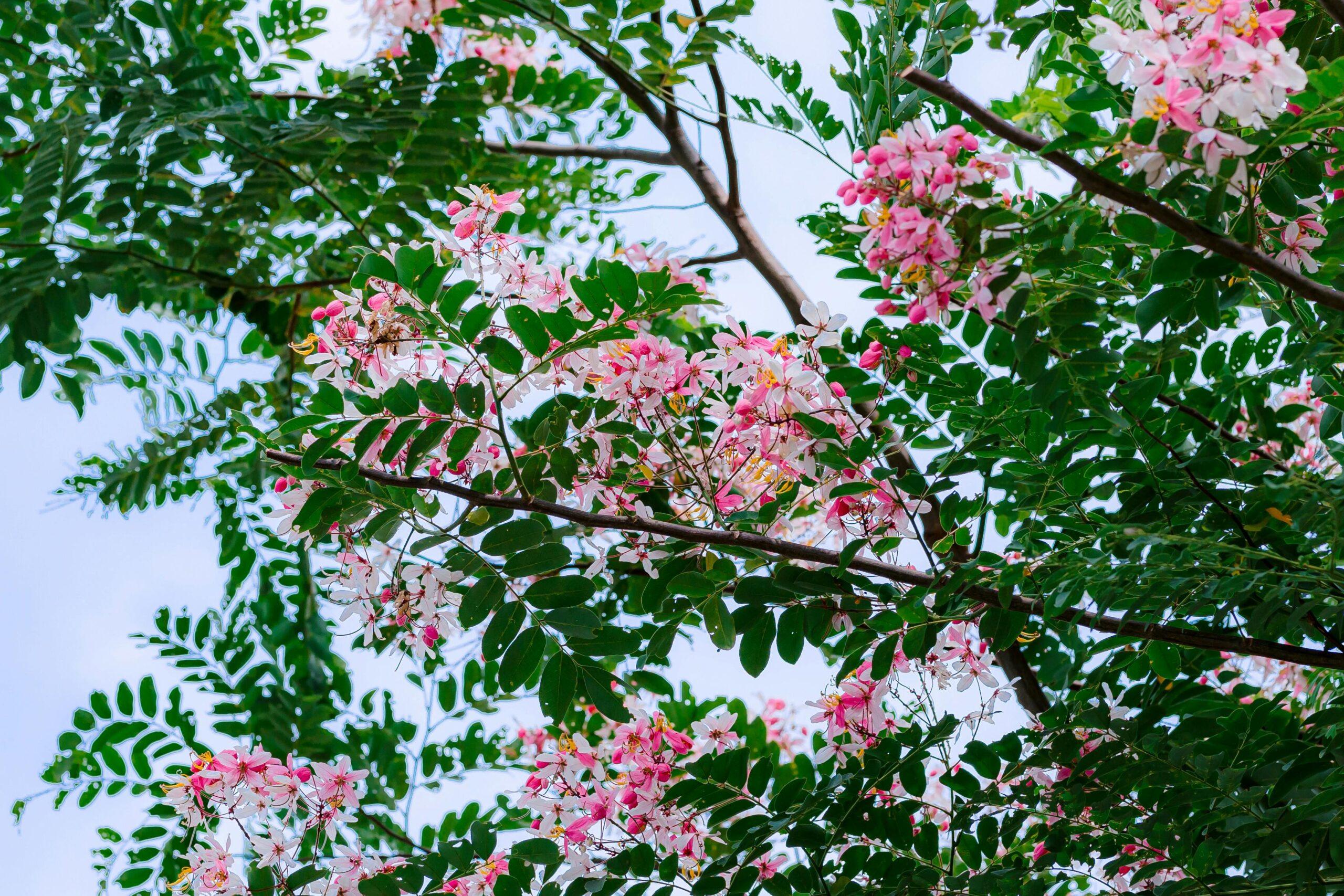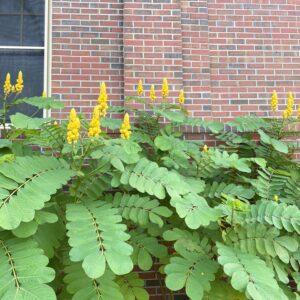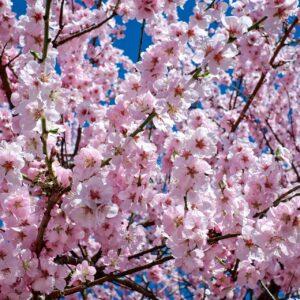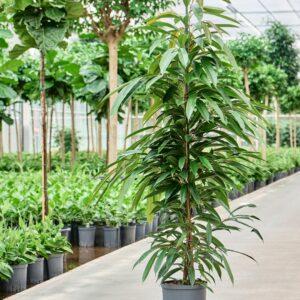Cassia Nodosa – The Captivating Pink Shower Tree
Transform your garden into a tropical paradise with the exquisite **Cassia Nodosa**, commonly known as the Pink Shower Tree. Celebrated for its dramatic cascades of soft pink blossoms and feathery green foliage, this ornamental beauty delivers year-round charm with seasonal bursts of floral brilliance.
Native to Southeast Asia, *Cassia Nodosa* thrives in warm climates and is ideal for urban landscaping, large containers, or as a standout centerpiece in your home garden. Its fast-growing, low-maintenance nature makes it a favorite among plant lovers and landscapers alike.
—
## ☀️ Light Requirements
Cassia Nodosa thrives in **full sun**. To encourage abundant blooming and strong foliage growth:
– Place in an area that receives at least **6 to 8 hours of direct sunlight** daily.
– Partial shade is tolerated, but flower production may be reduced.
– In indoor settings or patios, ensure it’s positioned near a bright, unobstructed light source.
Bright light is crucial not just for flowering but for maintaining the plant’s natural shape and vibrant canopy.
—
## 🌡️ Temperature & Humidity
Cassia Nodosa prefers **tropical to subtropical climates** and shows the best results when grown in warm environments.
– **Ideal temperature range:** 20°C to 35°C (68°F to 95°F)
– Can tolerate brief periods of heat above 38°C (100°F), though protection is recommended.
– Not frost-tolerant. In regions with cold winters (below 10°C / 50°F), overwinter in pots indoors or cover the roots with mulch.
– **Humidity:** Performs well in average to high humidity. Occasional misting during dry months can boost leaf vitality.
—
## 💧 Watering Needs
Moderate watering is key for *Cassia Nodosa*, especially in the early stages of growth:
– **During the growing season (spring to autumn):** Water deeply once or twice a week, allowing the top few inches of soil to dry between watering.
– **In winter:** Reduce watering frequency as the tree goes dormant.
– Avoid overwatering to prevent root rot—ensure good drainage in soil or containers.
> Tip: A layer of organic mulch helps retain soil moisture and regulate temperature at the roots.
—
## 🌱 Soil Type & Composition
Healthy roots start with the right soil structure. Cassia Nodosa thrives in:
– **Well-draining soils** – sandy loam or a mix of loam and compost.
– Slightly acidic to neutral pH (**6.0–7.5**).
– Enriched with organic matter or compost for better water retention and nutrient access.
Avoid heavy clay or waterlogged soil. For potted plants, use a mix of garden soil, sand, and compost in equal parts.
—
## 🌼 Growth & Flowering Season
Cassia Nodosa blooms abundantly in **late spring through early summer**, adorning branches with soft pink to magenta flowers that resemble delicate orchids:
– Grows up to **20–30 feet tall** in optimal conditions.
– Blooms attract butterflies, bees, and garden enthusiasts alike.
– Pruning after flowering enhances structure and encourages new growth.
—
## 🌿 Ideal Uses in Landscaping
This tree adds both visual and ecological value to any landscape:
– **Driveway borders** or **garden centerpieces**
– **Gifting** for special occasions like birthdays and housewarmings
– Perfect for **urban gardens**, **parks**, or **large patios** in warmer climates
Its graceful branches and springtime blooms create a soothing, resort-like atmosphere—ideal for both private homes and public spaces.
—
## 🪴 Pro Tips for Maintenance
– Use a slow-release fertilizer during the growing season for lush foliage and more blooms.
– Prune lightly to maintain structure and remove any dead branches or spent flowers.
– Inspect periodically for pests like aphids or caterpillars; neem oil or mild insecticidal soap usually does the trick.
—
**Cassia Nodosa** isn’t just a plant—it’s an experience. Whether you’re looking to beautify your garden or searching for a meaningful, living gift, this pink-blooming wonder is sure to impress. 🌿💕
Astrophytum asterias, also known as the sand dollar cactus or star cactus, is a species of cactus native to Mexico. It is a popular ornamental plant known for its unique star-shaped appearance and easy care requirements.
Here are the main points about Astrophytum asterias, with headings for each topic:
Appearance:
- The plant has a spherical or cylindrical shape, with raised ribs and triangular tubercles.
- It has thin, spiny protuberances that give it a star-like appearance.
- The plant produces small, yellow flowers in the spring and summer months.
Care:
- Astrophytum asterias is easy to care for and can be grown indoors or outdoors.
- It prefers bright, indirect sunlight and well-draining soil.
- It should be watered deeply, but allowed to dry out between watering. Overwatering can lead to root rot.
Pests and Care:
- The sand dollar cactus is resistant to pests and diseases.
- It can be damaged by extreme temperature fluctuations.
Uses:
- Astrophytum asterias is primarily grown as an ornamental plant. It is well-suited to a variety of indoor and outdoor environments.
- It has also been used in traditional medicine and as a food source.
Buy Astrophytum plants in Pakistan





Reviews
There are no reviews yet.